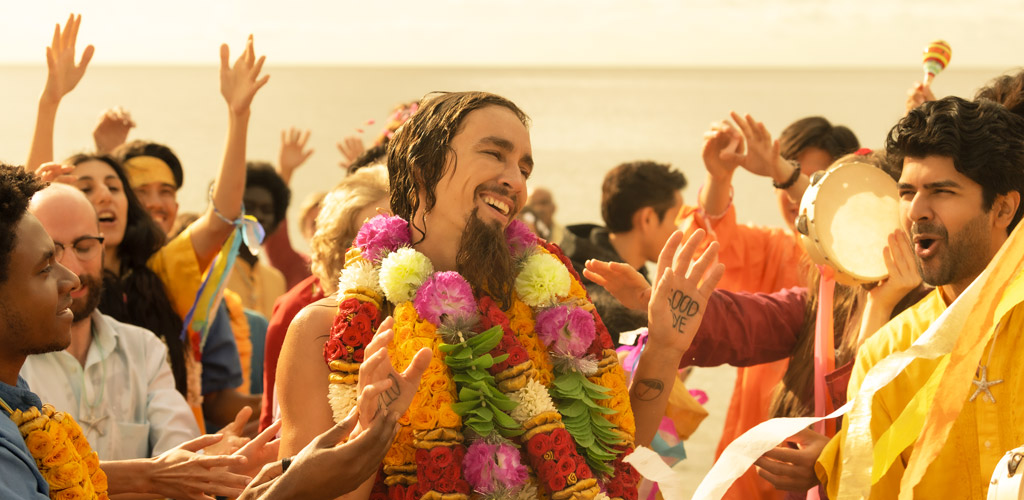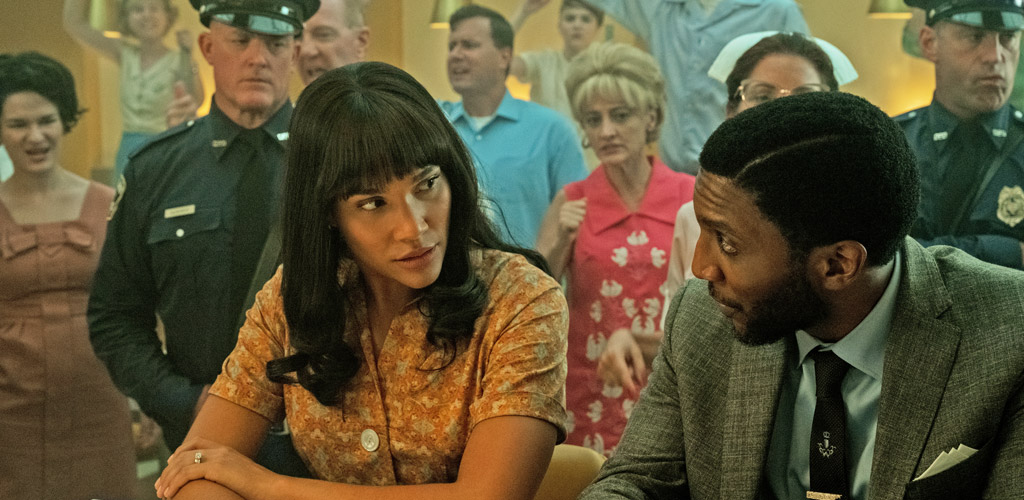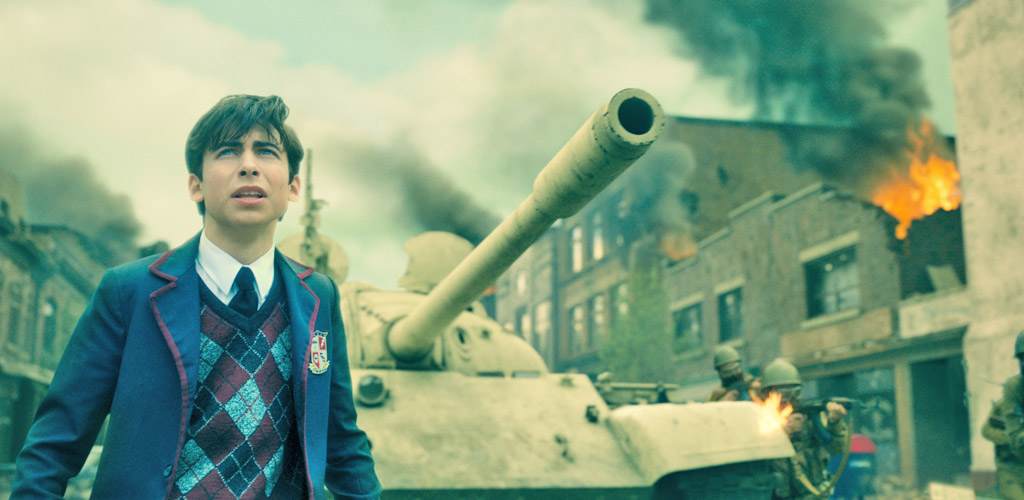
The Umbrella Academy turned out to be a runaway hit for the Netflix audience with its 2019 debut. Based upon the graphic novels by Gabriel Ba and My Chemical Romance’s Gerard Way, the show proved itself to be a demented (and tolerably quirky) take on the superhero genre and something that not only felt and looked but sounded refreshingly novel. A lot of this was down to the inventive story: seven siblings were born on the same 1989 day to different mothers and adopted by mad billionaire Sir Reginald Hargreeves, who used their powers for his own ends. He proved to be a terrible father for many reasons, which left the group with varying degrees of trauma to overcome. Even more than the intricate worldbuilding, though, the show managed to eclipse a strange-for-the-sake-of-it vibe, which is quite a feat, considering the inclusion of a hyper-intelligent talking chimp called Dr. Phinneus Pogo.
Let’s face it: a lot of things could have gone wrong while adapting the comic book series for the small screen, but somehow, it all worked, down to a fantastically assembled cast: Ellen Page, striking a careful balance of portraying the sibling who was most the instrumental in triggering an apocalypse while being unaware of those powers for most of the season; Robert Sheehan, boosting his drug-addled, sexually fluid character who communes with the dead into fan-favorite status; Mary K. Blige as a hitwoman in what can only be described as inspired casting. I could go on, but it’s time to discuss whether the second season continues the momentum of the first, which was already a rarity in the inertia-heavy streaming era.
Hell yes, it does. The show even manages, in a few instances, to surpass the musical interludes of the first season, which included a most infectious use of an “I Think We’re Alone Now” dance break, not to mention The Doors’ “Soul Kitchen,” along with Radiohead, Queen, and Gerard Way tunes. Let’s just say that, this year, Klaus gets some of the better moments in the musical department, and although he’s still a tortured soul (who’s haunted by Ben), he’s also now a (benevolent) cult leader.

This is where I should mention that Five’s time-travel rescue of the group has gone awry, and the siblings find themselves landing in separate years in Dallas, Texas. However, it’s the when that allows the series to blossom while the characters continue battling their own internal demons. Not only does the audience rejoin this set of beloved personalities, but the early-1960s setting gives the show room to explore an expansive historical backdrop — including the civil rights movement and JFK’s impending assassination — upon which it can continue to paint its filled-to-the-brim tapestry.
Naturally, the Hargreeves’ arrival also caused disruption in the timeline, which sets the world on the brink of another apocalypse, this time of the nuclear variety. While dodging a trio of Swedish assassins (one of those oddball details that the show consistently manages to pull off), Five must find a way to unite the group and figure out how to save humanity. As always, the show has no shortage of furiously flying plot points while making time to be character-driven as well. In short, each of the siblings (other than Five, who’s still the same old-man-in-a-young-body) have built new lives and/or are still coping with their residual childhood traumas. They’re doing so while adapting to the times in vastly different ways, and it’s a blast to watch all of these big goldfish crash around in their newly tiny little ponds.
Things are, as usual, complicated with the family dynamics on display, but the show manages to tread new territory in that department by separating the siblings again before bringing them back together. New challenges presented by the era loom large, with the show’s queer representation growing even more prominent, and with the other issues that arise, this season doesn’t simply present a matter of fresh obstacles and hairdos. Yet the hairdos do matter, especially when it comes to Allison, who finds that the reaction to her natural hair isn’t the only challenge of finding herself down South during a particularly pivotal time in history.

Meanwhile, poor Luther’s still perhaps the most traumatized of all and turns himself into a literal punching bag. Diego, probably to no one’s surprise, lands himself in an institution, where he acquires a girlfriend who’s even more messed up than his family. Then we’ve got Vanya, whose powers turned out to be the major twist last year. This season, her arc is particularly engrossing, given that she suffers from amnesia and has no bloody idea that she took a chunk out of the moon, or that she’s prone to becoming super-mega-destructive. So, we get to know her on a purer level — which makes the show feel lighter, since Vanya was previously so dreary and angsty — and learn how she might have been without dear old dad’s manipulations. Speaking of which, Sir Reginald Hargreeves does surface, and boy, he’s just as terrible in the past as the present.
That’s not to say that this season gets too serious. Fans know the show will bring occasional dramatic moments, but the show’s chaotic and tragicomic spirit remains consistent with the show’s debut. Somehow, this season manages to be more overstuffed with events as the first one, with the show’s energy staying consistent as ever. You know that saying about everything being bigger in Texas? That’s definitely the case here: the twists are bigger, the impending apocalypse is bigger, and most importantly, the feels (the laughter, the tears, and everything in between) are bigger.
‘The Umbrella Academy’ launches its second Netflix season on July 31.

